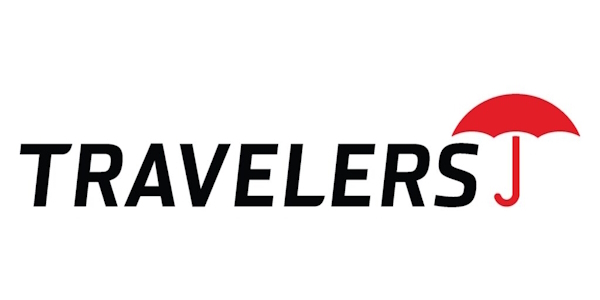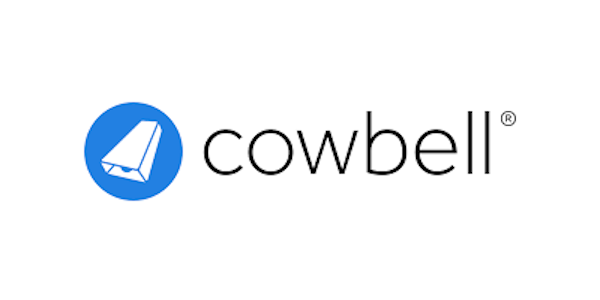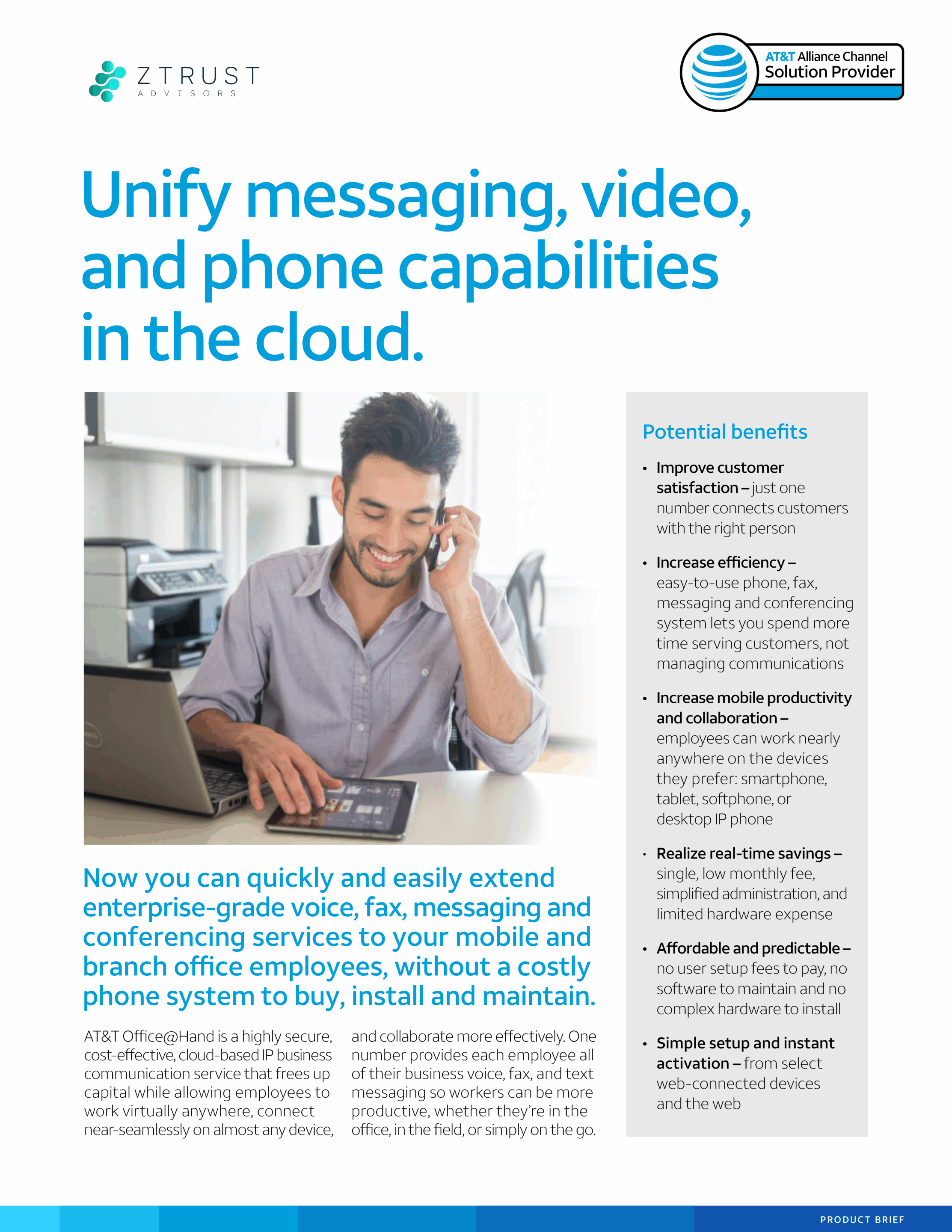Cloud Security Misconfigurations
A Critical Threat to Modern Infrastructure
As organizations increasingly migrate their operations to the cloud, the risk of security misconfigurations has become a paramount concern. This white paper examines the nature of cloud security misconfigurations, their impact on businesses, and strategies for prevention and mitigation.
Understanding Cloud Security Misconfigurations
Cloud security misconfigurations occur when cloud resources are improperly set up, leaving them vulnerable to exploitation. Common examples include:
- Open storage buckets
- Overly permissive access controls
- Unsecured APIs
The prevalence of these issues is alarming, with a 2023 report by Check Point Research indicating that 27% of all cloud-related security incidents stemmed from misconfigurations.
Recent High-Profile Breaches
Several notable breaches in recent years highlight the severity of cloud misconfiguration risks:
- Accenture Cloud Data Leak (2021): A misconfigured cloud storage bucket exposed sensitive internal data, including credentials and API keys.
- Microsoft Power Apps Data Exposure (2021): Misconfigured permissions in Power Apps led to the exposure of over 38 million sensitive records, including Social Security numbers and COVID-19 vaccination data.
- Capital One Breach (2019): A cloud misconfiguration enabled a former AWS employee to access the personal data of over 100 million customers.
Business Impact
The consequences of cloud security misconfigurations can be severe and multifaceted:
- Data Breaches: Unauthorized access to sensitive information can lead to significant financial and reputational damage.
- Operational Downtime: Attacks exploiting misconfigurations can disrupt cloud services and business operations, leading to lost productivity and revenue.
- Regulatory Penalties: Exposure of personal data may result in substantial fines under regulations such as GDPR, HIPAA, or CCPA.
- Reputational Damage: Organizations risk losing customer trust due to perceived mismanagement of cloud security.
Prevention and Mitigation Strategies
To address the risks associated with cloud security misconfigurations, organizations should implement a comprehensive strategy:
1. Leverage Cloud Security Tools: Utilize native tools provided by cloud service providers, such as AWS Config, Azure Security Center, or Google Cloud Security Command Center, to monitor and enforce secure configurations.
2. Implement Robust Access Controls: Apply the principle of least privilege to restrict access to cloud resources, ensuring that users and systems have only the permissions necessary for their roles.
3. Automate Compliance Checks: Employ automation tools like Terraform or CloudFormation to standardize configurations and reduce the risk of human error.
4. Conduct Regular Security Audits: Perform periodic assessments of cloud environments to identify and rectify misconfigurations promptly.
5. Prioritize Employee Training: Educate teams on cloud security best practices to reduce the likelihood of human errors leading to misconfigurations.
6. Develop Incident Response Plans: Create and maintain clear procedures for remediating and recovering from security incidents caused by misconfigurations.
Conclusion
Cloud security misconfigurations represent a significant and ongoing threat to organizations leveraging cloud services. Businesses can substantially reduce their risk exposure by implementing robust access controls, leveraging automation tools, and conducting regular audits. A proactive, security-first approach is essential to protect sensitive data, maintain operational integrity, and preserve stakeholder trust in an increasingly cloud-dependent business landscape.
Connected. Protected. Empowered.
We help businesses thrive in a digital world by delivering reliable AT&T connectivity solutions, advanced cybersecurity, and cutting-edge IT services. From high-speed internet to threat protection, we’re your one trusted partner for smarter, safer operations.
Request a Custom Quote
Tell us what you need, and we’ll build a solution around your goals and budget.
No Spam. Promise!














